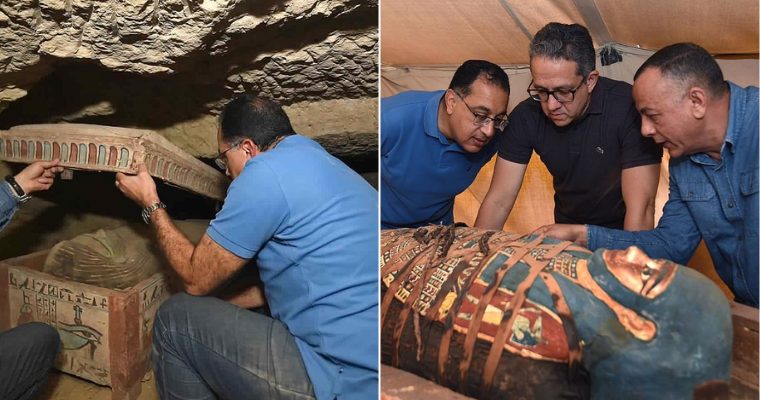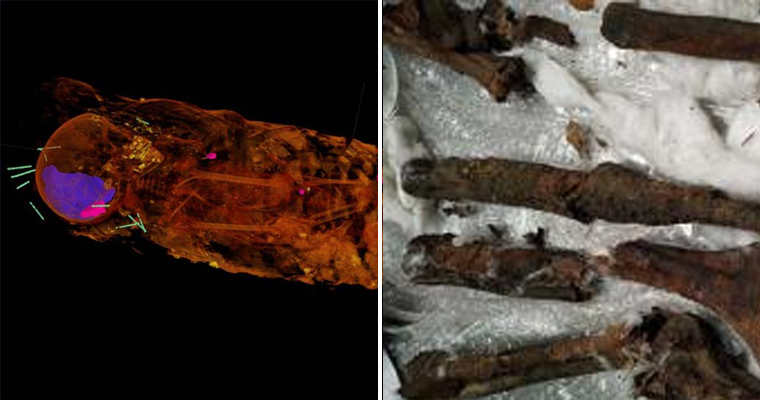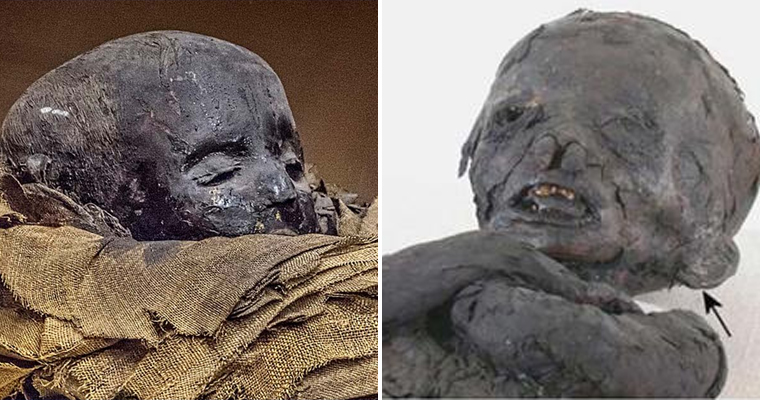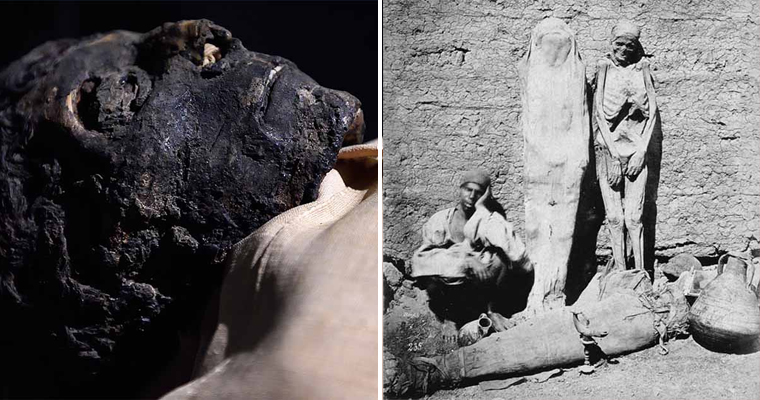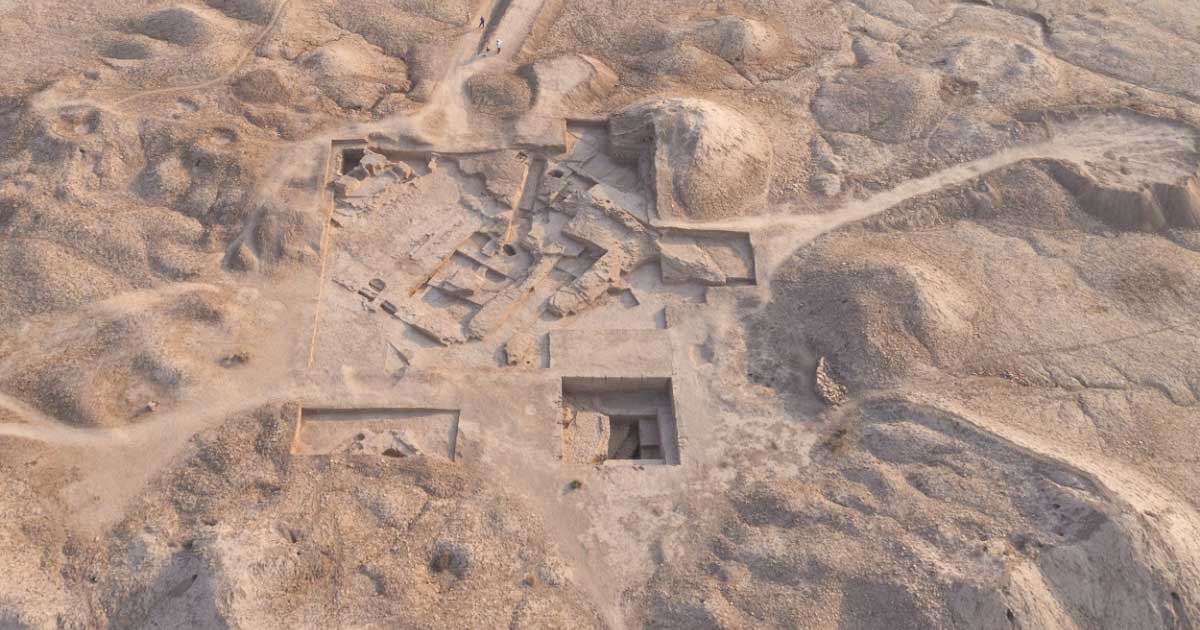
Reaching the culmination of a search that has been going on for the past several years, a team of archaeologists affiliated with the British Museum has finally unearthed the long-lost remains of a Sumerian palace and temple in the ancient city of Girsu on the southern plains of Iraq. These ruins date back to at least the middle of the third millennium BC, taking Mesopotamian archaeology to the very edge of the founding of modern civilization, a milestone credited to the ancient Sumerians.
It was the Sumerians who first invented writing and created the first code of laws, between the years 3,500 and 2,000 BC. Their innovations and accomplishments in art, religion, science, mathematics, architecture and societal organization helped set a template for future civilization builders in the Fertile Crescent of Mesopotamia and the surrounding region.
The legendary city of Girsu, which is located at a site now known as Tello, was one of the first cities in the world and a major center of Sumerian culture and society. It is considered ‘the cradle of civilization’ and ‘one of the most important heritage sites in the world that very few people know about’ by the discoverers of its palace and temple, who were led by Dr. Sebastien Rey, a British Museum curator and expert on ancient Mesopotamian civilization .
The latest excavations began at Girsu in 2015, as part of a joint project funded by the British Museum , Getty, and the State Board of Antiquities and Heritage in Iraq. This initiative was a part of the British Museum’s broader Iraq Scheme, which was launched to help protect endangered heritage sites in Iraq and Syria from falling victim to the ongoing depredations of the notorious Islamic State.
Amazingly, this critically important archaeological site had not been explored for more than a century before the British Museum archaeologists arrived on the scene. Girsu was first discovered in 1877 by French archaeologist Ernest de Sarzec, and the site was so heavily picked over after that (more than 100,000 cuneiform tablets were removed during various excavations) that no one was certain if anything meaningful remained to be discovered. Constant warfare in the region in the 20 th century was another complication that kept people away from the area.
But Girsu was never really forgotten by archaeologists, and the dream of unearthing its most essential and foundational structures has now been achieved.
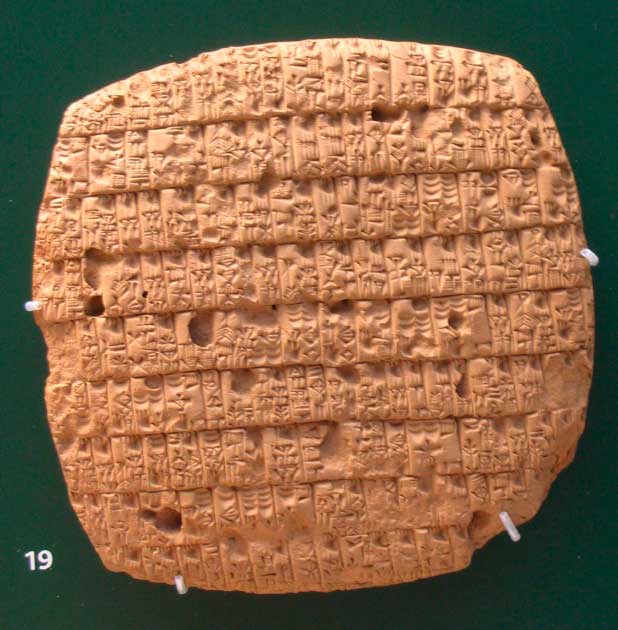
A cuneiform tablet recovered from Girsu (2350 BC). It gives an account of barley rations issued monthly to adults and children written. Public domain.
“It’s really huge,” Dr. Rey told an interviewer from the United Kingdom’s national news service PA Media , in reference to his team’s remarkable achievements in the field at Girsu in 2022. “You take any manuals of archaeology students at university and you have a section on ancient Girsu and you read that nothing is left, the archaeology has been excavated away, basically, and that’s what I was told when I was a student.”
“I always felt that that was a pessimistic view,” he continued. “If you had a set of new tools (and) technology, you can go back to those damaged 19th century excavations.”
A Palace, a Temple and a Peek into Our Civilization’s Incredible Past
Aerial survey technology opened new doors for archaeologists working at Girsu.
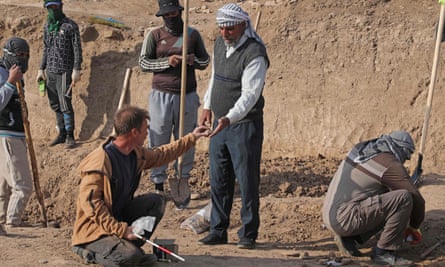
In 2022, drone footage taken of the site, located at Tello (the modern Arabic name for Girsu) in the Dhi Qar Province in southern Iraq, revealed the presence of subsurface remains that had never before been observed. Follow-up excavations at ground level soon unearthed the mudbrick walls of the once-spectacular Lord Palace of the Kings, verifying that the central structure of the great city of Girsu had finally been discovered.
Subsequently the researchers also recovered more than 200 buried cuneiform tablets, which had been buried in piles of debris from 19 th century excavations. These texts proved to be detailed administrative records of activities in the city.
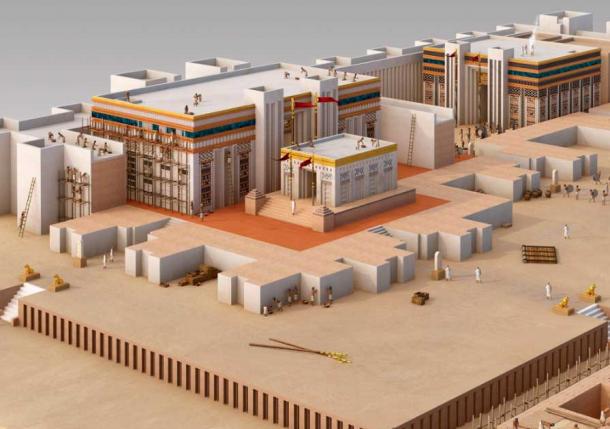
Reconstruction of the Sumerian palace at Girsu. Image Credit: British Museum
Dr. Rey was especially excited by the discovery of the city’s chief temple, which actually took place in 2015 (excavations were only completed in 2022, hence the reason why the temple has been introduced as a “new” discovery). This was the sanctuary of the great Mesopotamian God of War, Ningirsu, who was the son of the chief god of the Sumerian pantheon, Enlil. This temple itself was called Eninnu, and it would have been one of the most frequently visited sacred buildings in the ancient Mesopotamian world.
Dr. Rey recalled the moment he and his team found what he called the ‘door socket’ of the temple, which he described as the heart of an ancient holy city that would have been comparable to the Vatican in modern-day Rome.
‘We found a stone and the stone had an inscription,” Dr. Rey said. “When we read the inscription it was Gudea the King building a temple for god Ningirsu and then the name of the temple, so we knew without a doubt this was the temple.”
It took Dr. Rey’s team eight excavation seasons to fully uncover the temple structure. With this huge undertaking finally completed, by last autumn they were ready to move on to the site of the newly discovered palace. Working frenetically, they were able to finish their initial excavation of the palace’s mudbrick walls before suspending operations for the rest of the year. They will return to the site when fieldwork resumes in March 2023, and will be focusing exclusively on the grand Sumerian palace for the rest of this year.
Modern Archaeological Methodology Silences the Doubters
For Dr. Sebastian Rey, the findings of his team represent a landmark accomplishment in ancient Mesopotamian archaeology. They are also personal vindication, a verification of the accuracy of his conviction that new technologies and new methodologies would prove that Girsu had more secrets to reveal.
“It feels good,” he confirmed, speaking of his own personal sense of satisfaction. “I remember when I started in 2016 no one believed me, I went to international conferences and everyone basically told me, ‘oh no you’re making it up you’re wasting your time you’re wasting British museum UK government funding’ – that’s what they were telling me. [Fortunately] I had other supporters and people who believed in this project and so we just persevered.”
And that perseverance has paid off, in a big way. The Tello Ancient Girsu Project first hit paydirt in 2019, when the archaeologists unearthed a sacred area that was used for ritual feasting and religious sacrifices. Dr. Rey and his team found more than 300 artifacts at that site, including bowls, cups and other vessels used in religious ceremonies, which they linked to the Sumerian Early Dynasty period (2,950 to 2,350 BC).
But now they’ve found something even more substantial and fundamental to understanding ancient Sumerian culture and society. It’s a validation of the legitimacy of the goals of the Girsu Project, and also of the way the initiative was organized and funded.
“The collaboration between the British Museum, State Board of Antiquities and Heritage of Iraq, and Getty represents a vital new way of building cooperative cultural heritage projects internationally,” British Museum director Dr. Hartwig Fischer told PA Media during a press conference to introduce the latest findings at Girsu.
“While our knowledge of the Sumerian world remains limited today,” Dr. Fischer continued, “the work at Girsu and the discovery of the lost palace and temple hold enormous potential for our understanding of this important civilization, shedding light on the past and informing the future.”



